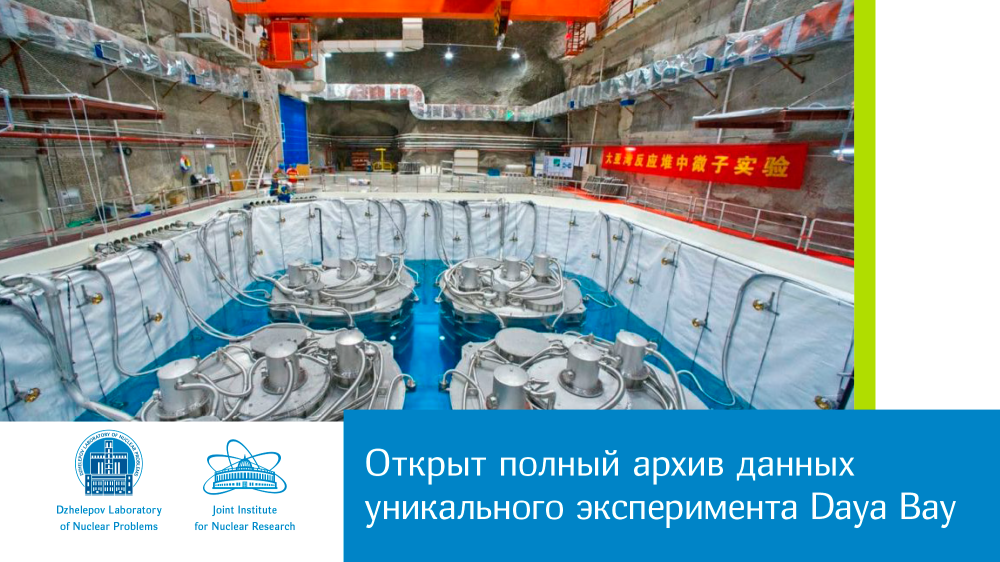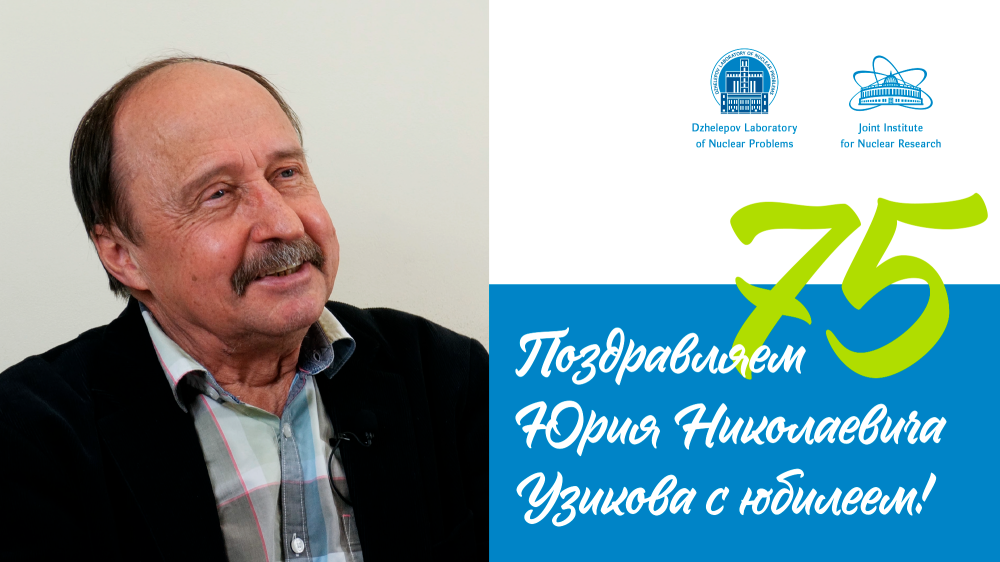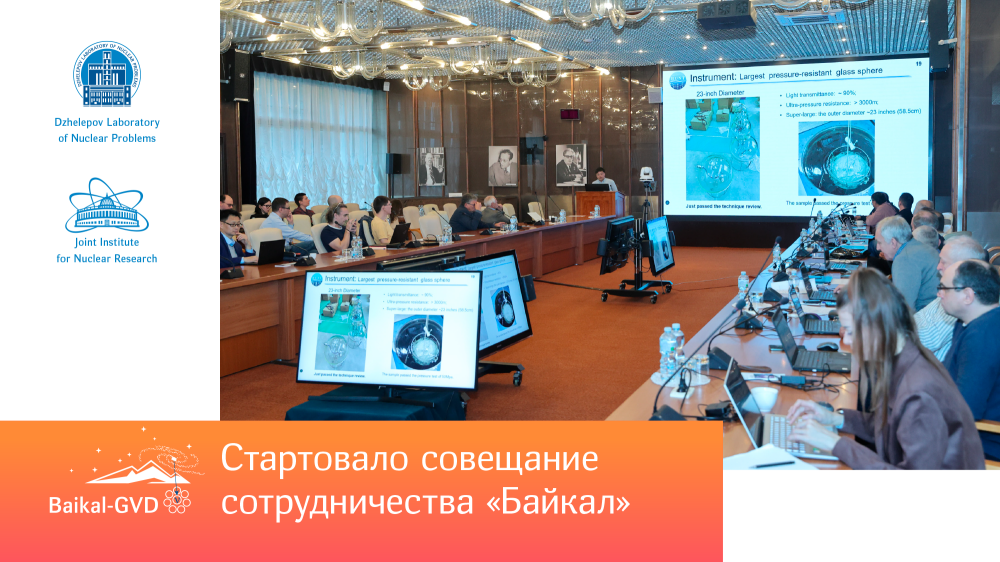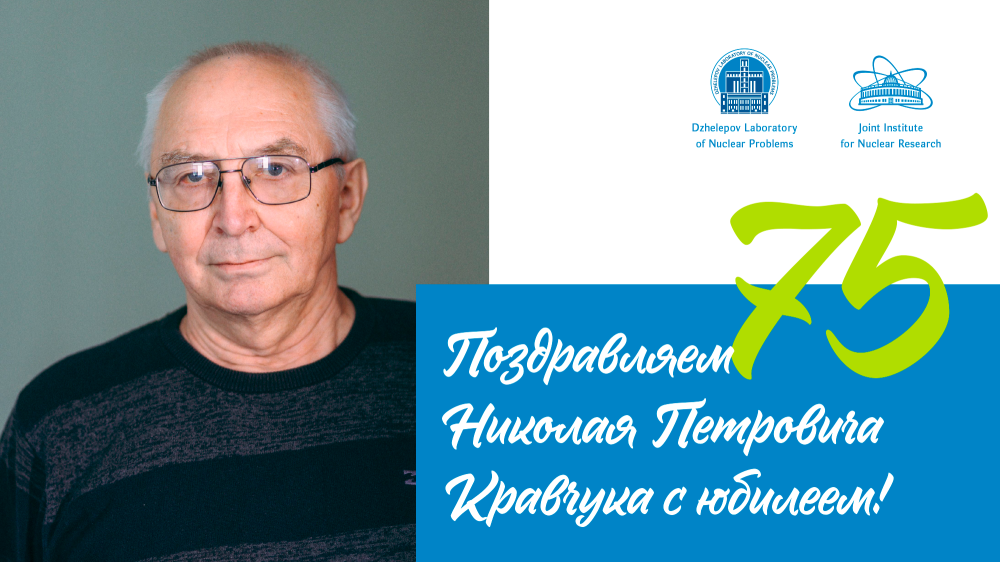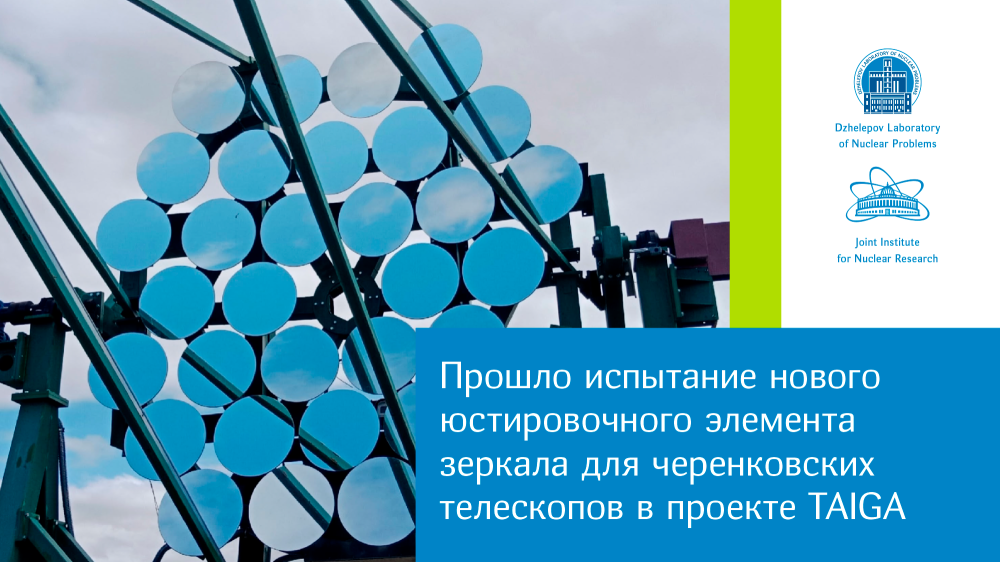14.02.2018
Popular-science video about molecular genetic investigations at DLNP
At DLNP, multidisciplinary investigations of genetic laws at the molecular level are being carried out using up-to-date instruments for the whole genome analysis of DNA and unique particle and radiation sources.
These investigations allow one to understand what kind of and how many mutations arise in DNA under the effect of radiation and what kind of radiation induces the largest changes in DNA. Mutations produced by ionizing radiation provide a lot of research material for studying the functioning of various genes and their regulation mechanisms, search for new regulation elements, and development of genetic-engineering structures with controlled gene functioning.
A possibility of working with both individual genes and whole genomes allows interesting experimental research to be conducted at JINR in the field of molecular genetics and radiobiology for studying the structure and functions of genes and the inherited changes in DNA resulting from the exposure to ionizing radiation.
Scientific consultant: E.V. Kravchenko (Candidate of Sciences, Biology).
3D animation, setting, narration: S. Gurskii.



